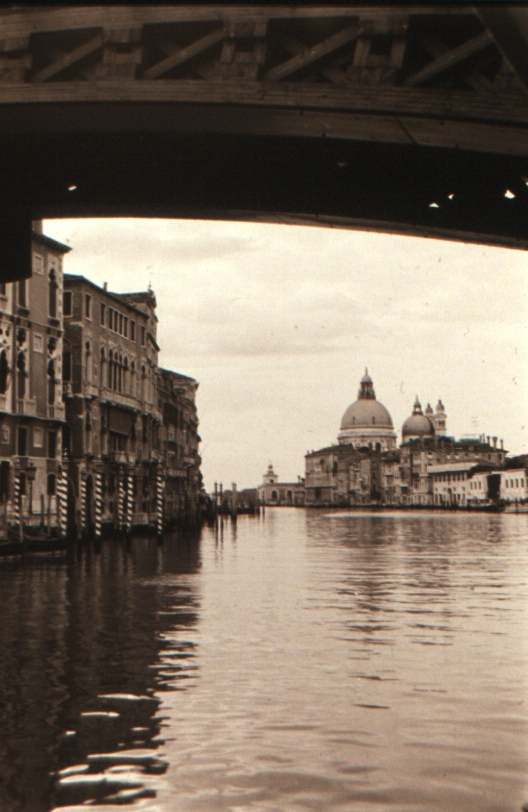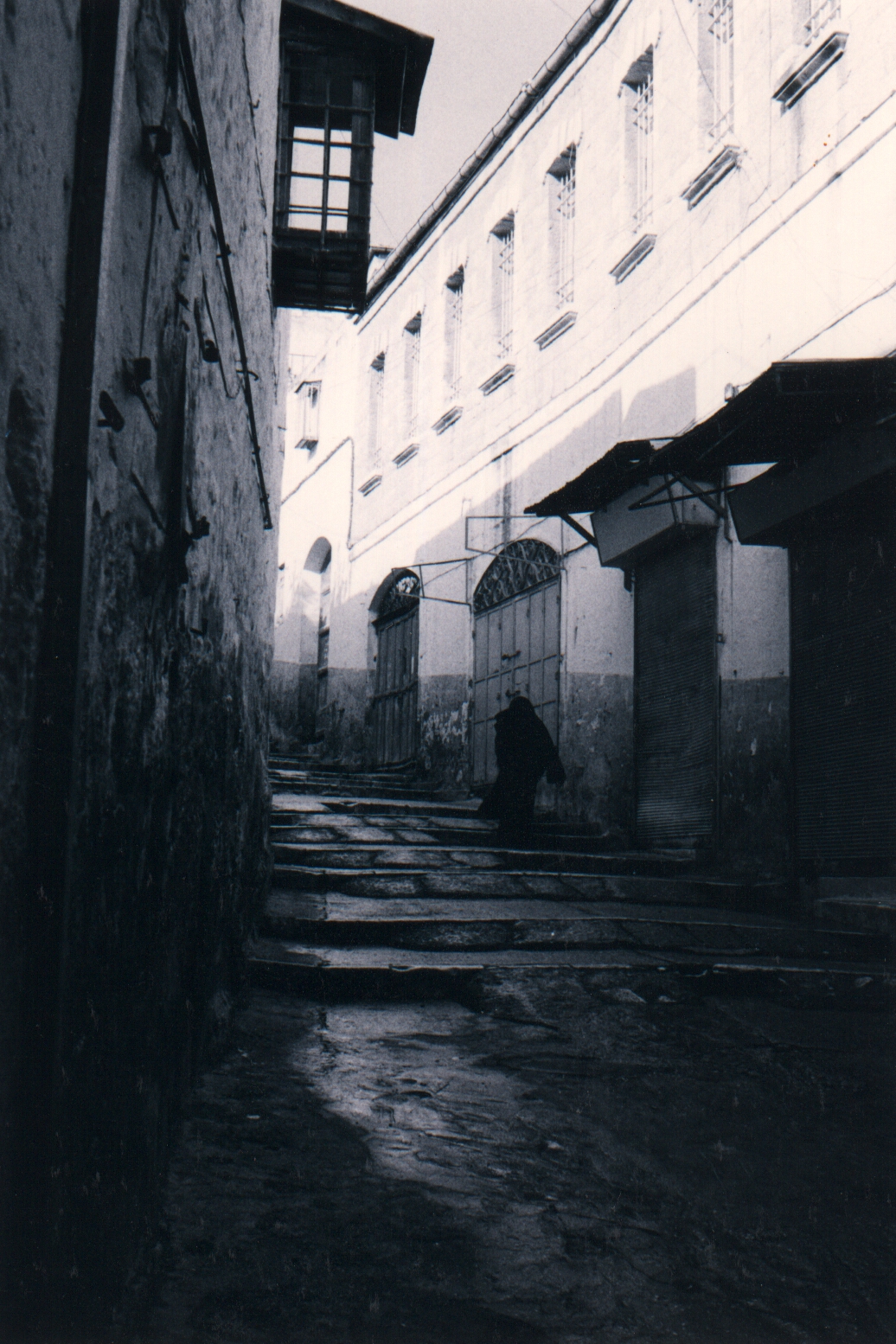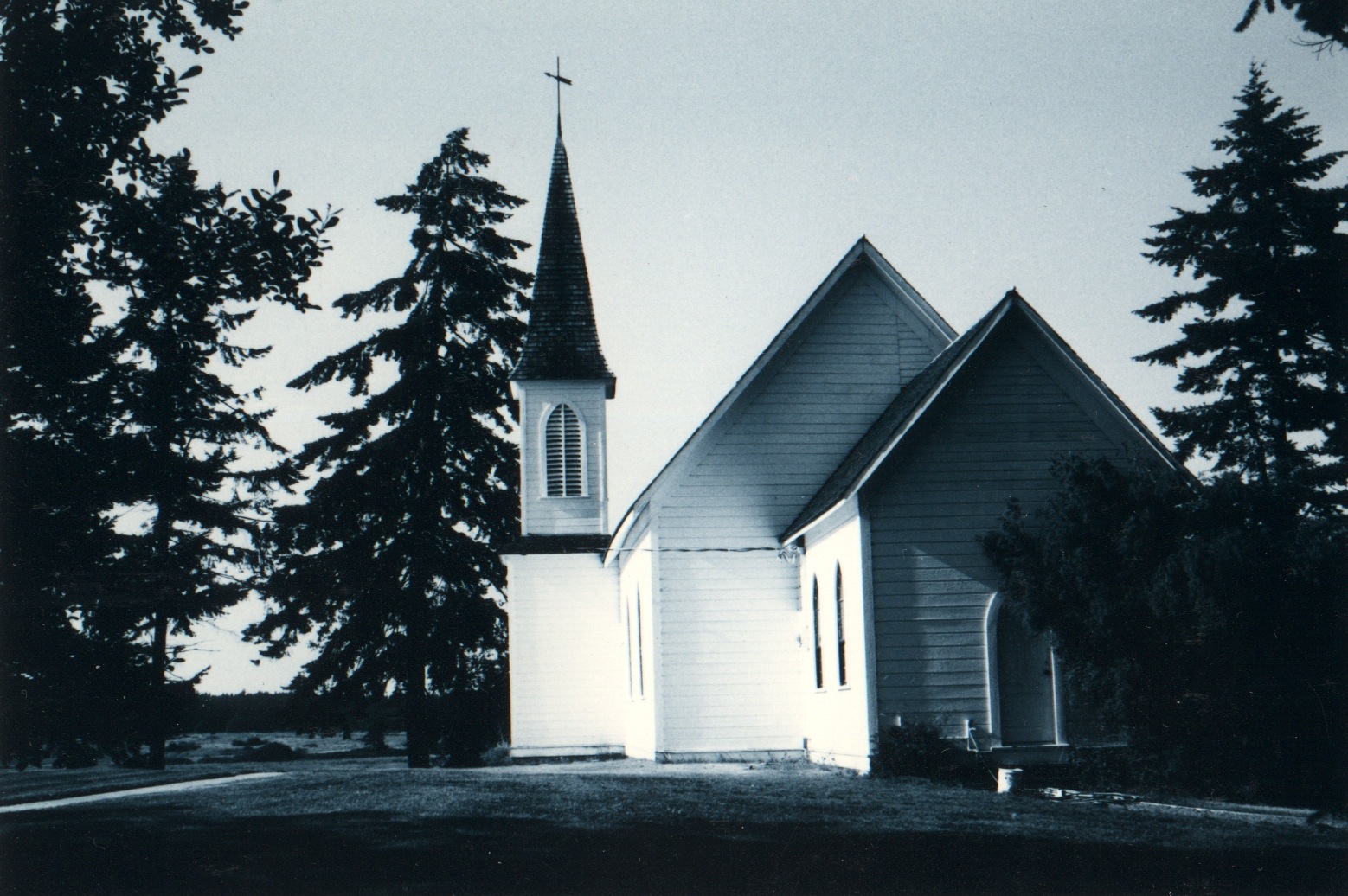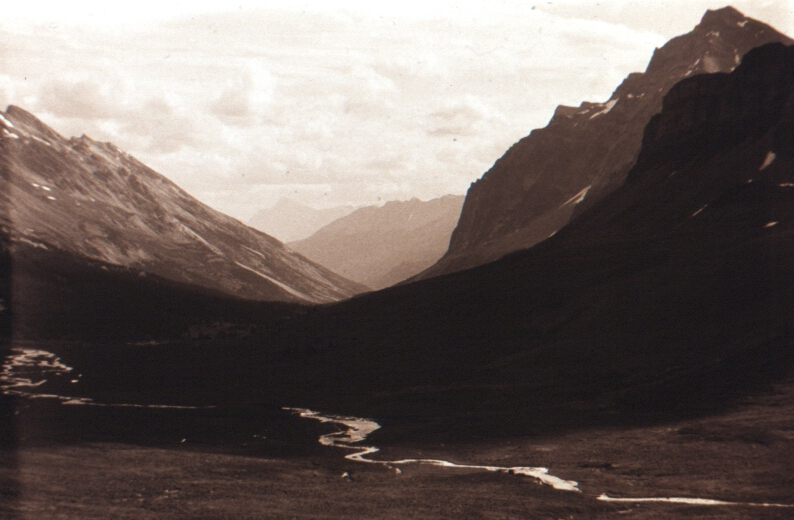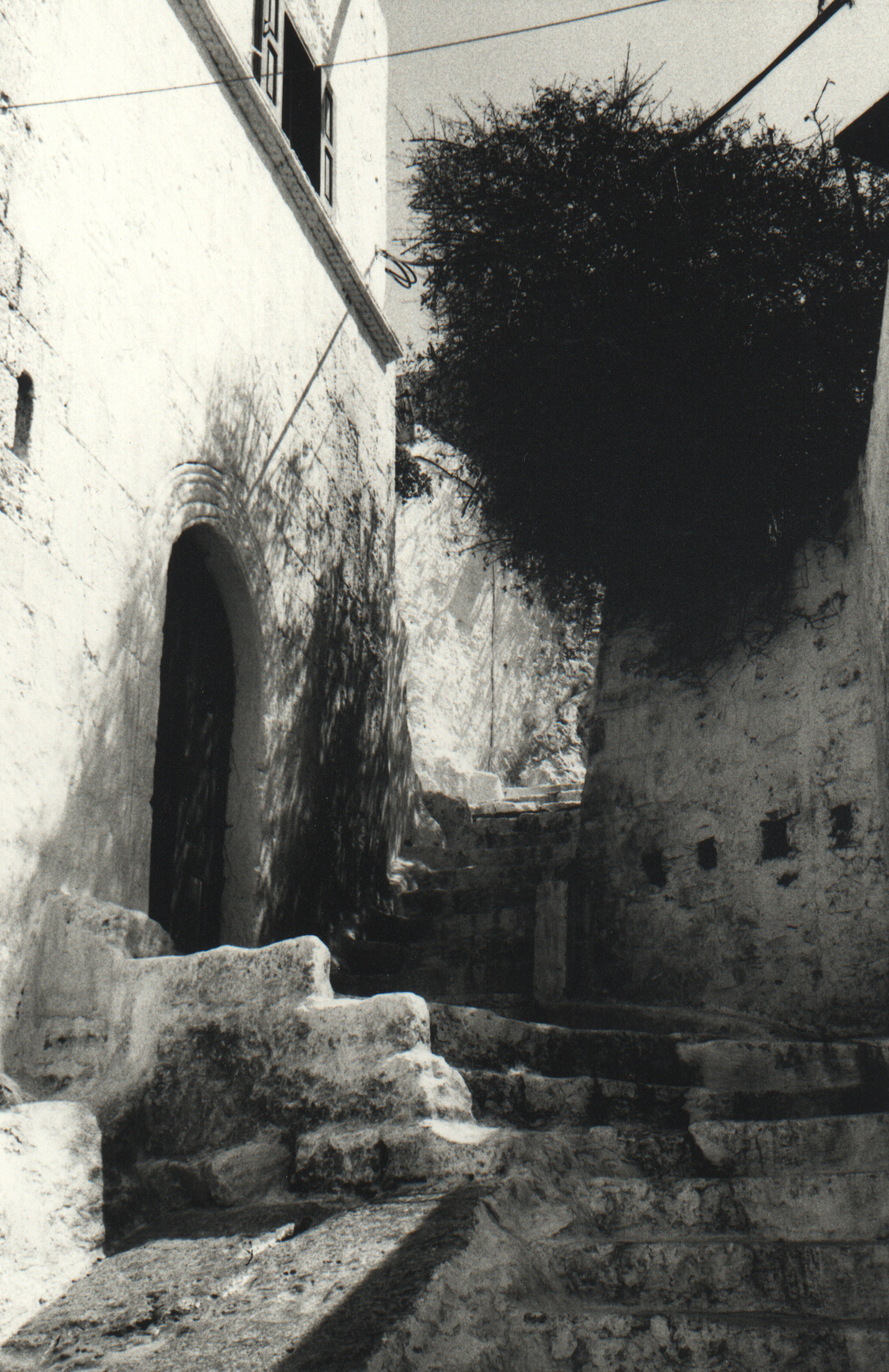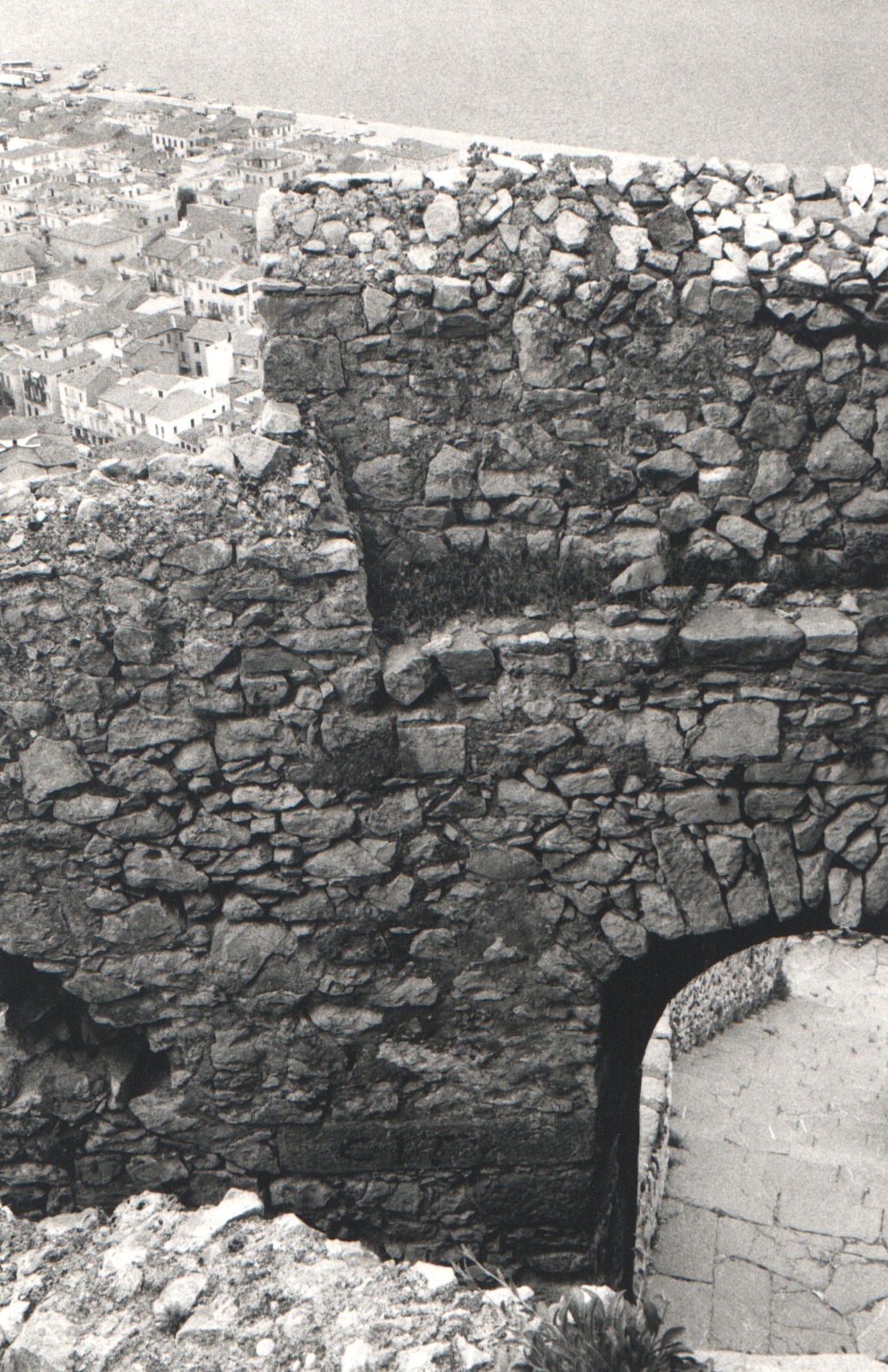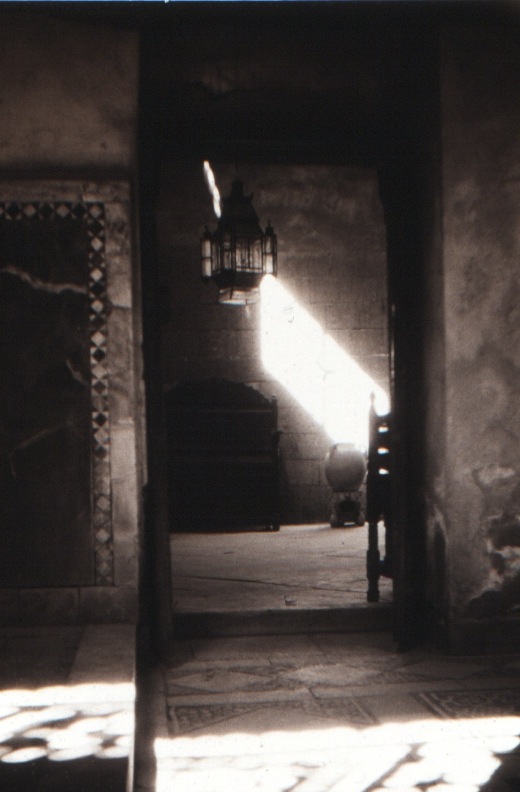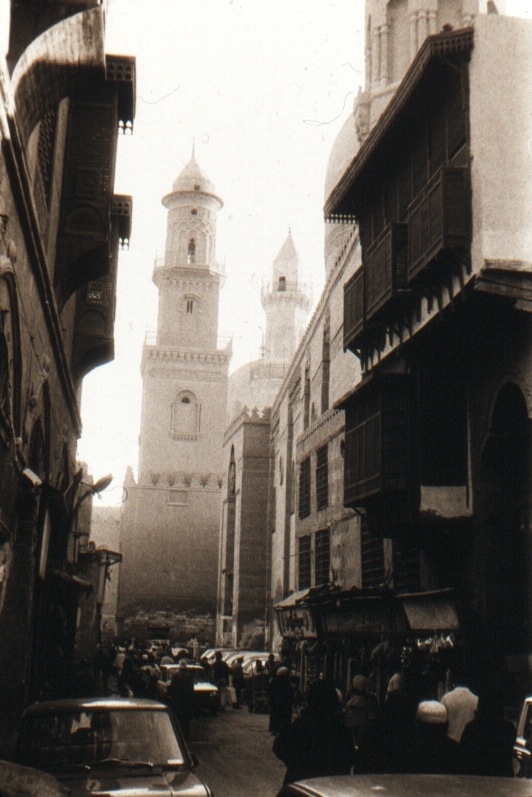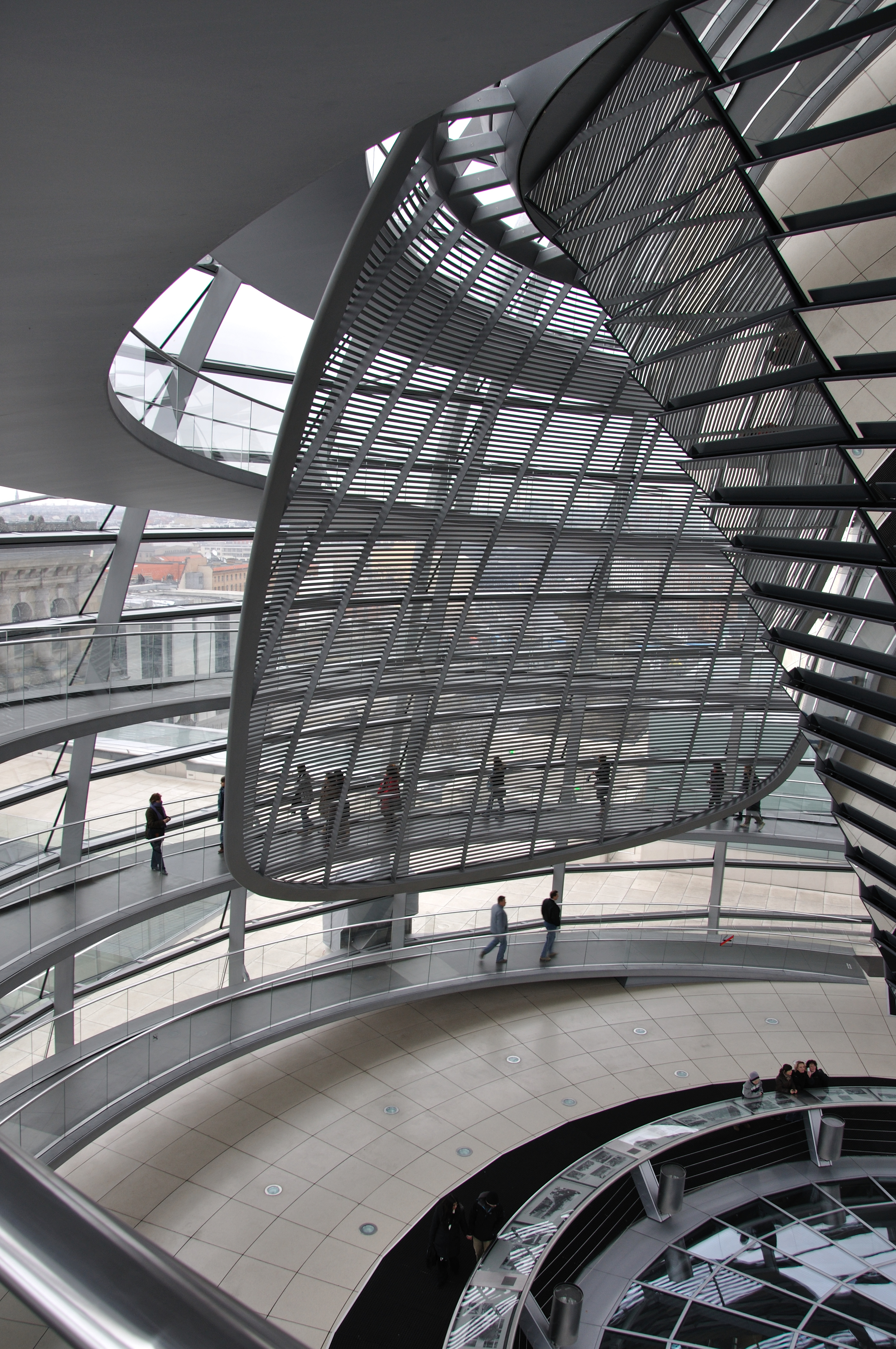Feb 1, 2014
(Started October 15, 2013, Dubai International Airport - click on pictures for enlargement)
There are places on earth that represent for each of us psychological, spiritual, tacit places of return, ancestral ground, a spiritual centre of the universe, home coming, new beginning, birth, death or both simultaneously, positive or negative life events, and a transcendental mythology of experience that inhabits our consciousness following us through our daily lives like a whispering mist.
Sitting in the Dubai International Airport ruminating deeply on this idea as I begin another two day sojourn around our planet, watching thousands of people in motion, people that I will never again see except for this fragmented momentary fleeting glance, this fact seems at once obvious and tangible, even scientifically concrete-that we are a product of our place experiences or lack thereof.
But, do we really consider this fact as we walk through our lives, do we often drift down through the primordial mist to reconnoitre or take tacit stock of, or consider, the impact of our place experiences on our creative personality, or how the points in our geographical lives converge to influence the individual lens from which we gaze out into the world; through which we produce a myriad of mental constructs about the world and everything in it relative to our sense of self. The idea, the reality, seems ethereal and terribly existential, a human experience difficult to keep in concrete touch with and often ephemeral.
As I travel I have been realizing more and more that there are exactly as many of these geographical points of meaning as there are sentient beings walking the planet-this includes all living things really. And for many, there are multiple geographical references.
Place, it occurs to me, is a portal into the divine realm of our inner lives and understanding of our world created as we inhabit life through geographical locations. Indeed I think this becomes embedded in our individual DNA. Certainly place, nation, state, country can invoke a collective DNA of sense of place as well, a gestalt of civic or national identity, sense and image of oneself as part of a collective. But what interests me most is the creation of sense of self in relation to embedded memory or influence of place experience, how we then forever carry this unique embodied knowledge with us. Sometimes it is shared creating a common ground between ourselves and other individuals, family, friends, lovers, disciples,............the potential of place influence is enormous.
There is a great evolving body of knowledge around child development and growing experience in rural versus urban settings and how the two environments influence a child's sense of self and self-reliance, confidence and world view. Great art, literature, music, science, and social contemplation has come from personal rediscovery through change in place, Henry David Thoreau's retreat to Waldon Pond, Paul Gauguin's work in French Polynesia, Georgia O'Keefe's move to rural New Mexico, Bruce Chatwin's travels into the Australian outback and his book the Song Lines, Arundhati Roy's portrayal of Kerala India in her stunning novel God Of Small Things. And as much as these are powerful enlightenment experiences in rural settings, there are as many in relocation to urban environments; life in Montmartre in the 1800's, Miles Davis' move to Paris, the American modernist painters, New York and the Beat Movement, John Steinbeck and the influence of Monterey on his literary work, Bob Dylan's early years in Greenwich Village, NY, J.D. Salinger's story The Catcher in the Rye, The Beatles and Hamburg.
Influence and experience of place strikes me as a profound force which is still underestimated in a personal and particularly social context and in many of our environmental constructs. Contemporary theory and rhetoric in urban design and town planning goes further today in considering 'designing in' meaning and place value and we have learnt a great deal from the social failures of the 20th century, yet at the same time we create all over the world impoverished environments manifest from either rapid change, absolute neglect, or worst of all commodified simulacra. What we do design for is values of controlled amenity, comfort and safety. These values are not however distributed equally yet should be a universal right.
Intriguing to me is that somewhere along the way in our lives we bring to our daily activities and associations an immense poetic aura embedded in our unique and distinct character, world view and sense of ourselves based upon place experience. And we may have a history bank of multiple 'placeness' that shapes us.
When I moved back to my native Vancouver, British Columbia in the mid-seventies from living in California, Vancouver was a bit of a cow town. Yes it was known internationally as a beautiful city of great natural experience right on the urban doorstep, but sleepy in comparison to what it became thirty years later. It was considered provincial in character, with dirty industrial areas all around it's waterfronts, barely one or two all night cafés to find, if you called Bino's and Denny's cafés, open parking lots and bare and barren urban spaces right in the downtown core, a few dead strips like Granville Street that continually under went urban design experiments in attempts to improve it's street scape and life. And surrounded by wooded suburban municipalities that were pretty quiet.
My embodied place sense came from being in the midst of an extraordinary urban renewal maybe seen by each of us once in a lifetime if we are lucky, and an urbanite. First the Vancouver Courts at Robson Centre in process and under construction forever it seemed, at the same time the world famous gentrification of Granville Island from an industrial centre to arts and culture based urban amenity, the announcement of hosting Expo 86 and ensuing gentrification of False Creeks industrial edges and inaugural instalment of a light rapid transit system coupled with the SeaBus creating unparalleled urban connectivity for the first time. And post Expo 86 the largest land deal ever in North America that started the morphing of the remainder of North False Creek into what it is today and densification of the city's core. My world sense growing in the midst of this context was one of unparalleled diversity.....from urbanity to gulf islands, to little Britain (Victoria) to a natural ecology and resource rich wilderness-forestry and industrial fishing in particular. This context morphed into life in a truly cosmopolitan international city composed of both urbanity and localized deep rural roots.
In Edmonton I see a city poised on a similar stage of urban and placemaking makeover. What gives me great comfort is the socio-geographical context in which this is happening; re-habitation of the city by native Albertans whom have originally come from rural areas, or spent time growing up in that environment, new citizens from other socio-geographical contexts and a rich rural fabric of epic proportions-being the prairie environment and life. This last fact in my mind gives distinctive shape to Alberta's two cities in a unique way. Probably over fifty percent of the individuals I have been privileged to meet in the past five years here have rural roots in their personal background, and with that an attendant different grounding in sense of place consciousness.
The plus side is that there is a practical perspective and set of expectations, the down side is that the vast space gives an illusion of unending abundance. Somewhere along the way the potential transformation is to see the poles of these two worlds, rural and urban, as mutually integral to each other and value a social conscience around guarding against undifferentiated unending development, and truly find what makes this geographical place distinct from others. Somewhere along the way depth of civic sense of place will be directly related to the quality of how all the generational experiences come together.

